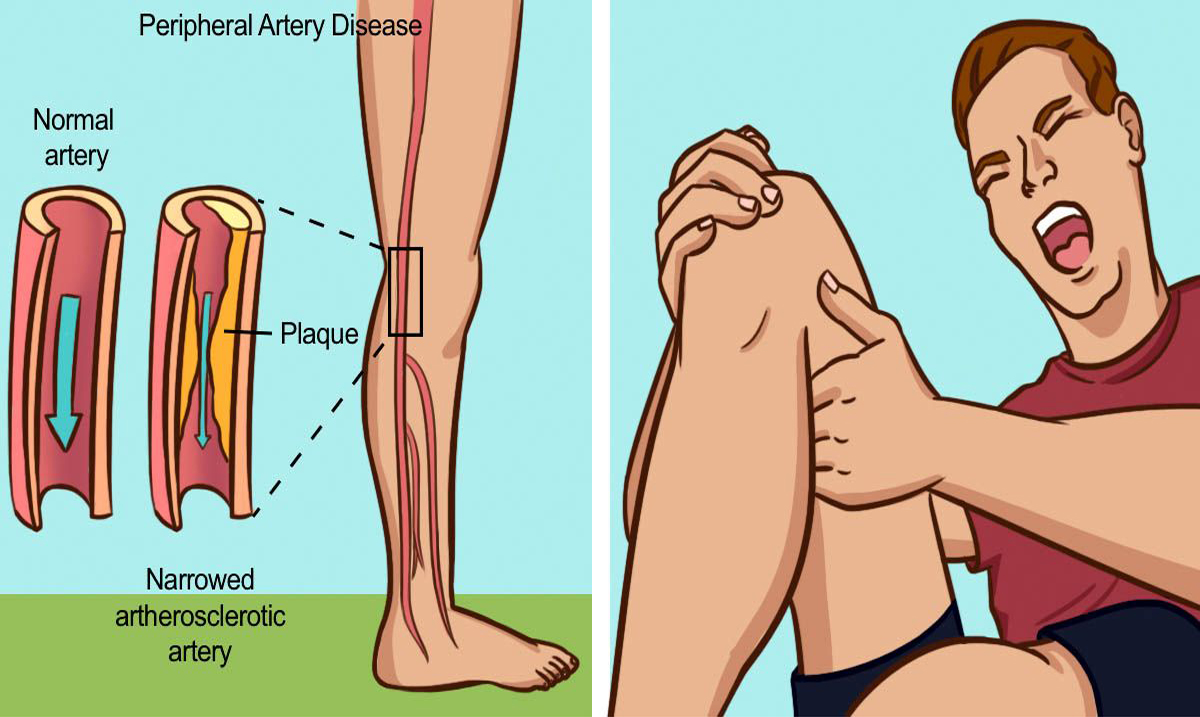Do you deal with high stress levels? Do you often find yourself feeling tired, or notice that you are gaining weight despite having made no changes to your diet or workout habits? The answer may come back to high cortisol levels!
What is Cortisol?
Cortisol is often referred to as the ‘stress hormone’ as it is one of the main hormones that our body releases when the ‘fight or flight’ response kicks in during times of stress or pressure.
While this hormone has related to acne, high blood pressure and weight gain, it is also necessary in our lives, keeping us motivated, awake and responsive to the environment around us. Cortisol aids in pregnancy, metabolism and regulating blood sugar levels in the body.
When properly balanced, cortisol is not only safe, but necessary for survival, however when its levels are allowed to increase it can cause physical damage to the body. Read on for some great tips on how you can quickly, and effectively, reduce your cortisol levels at home.
Use Breathing Techniques to Control Stress and Anxiety
If you regularly struggle with anxiety or high stress levels you have probably heard this a million times, however you also will probably agree that when done right breathing techniques can be highly effective! It has been found that long, slow breaths allow you to activate the Vagus nerve, a nerve which is part of the parasympathetic system.
This is the system that has the ability to slow the fight or flight response. When activated the system will redirect the blood flow in the body, sending it back to your internal organs and signalling to your body that it is safe.
Breathing techniques are simple in theory, although they may take a lot of practice to be able to apply them when in times of high anxiety. Take a deep breath in, slowly counting to 5, and then hold this breath for 2 counts. Breath out slowly, counting this time to 6. Repeat this cycle as many times as required until you can feel your anxiety levels beginning to drop.
Pay Attention to Your Diet!
One of the larger triggers of high cortisol levels outside of stress and anxiety is poorly managed blood sugar levels, especially hypoglycemia, and the presence of high levels of inflammation. Switching your diet to an ‘anti-inflammatory diet’ will allow you to set your body up for success. This type of diet is low in processed foods, and high in fiber, essential nutrients and antioxidants. This will not only help you to maintain balanced cortisol levels, but will also work to promote better sleep at night, boost your energy levels during the day and help to maintain a healthy weight.
Here are some of the biggest dietary contributors to inflammation and high cortisol levels that you should be aware of. Limiting or removing these items from your diet will go a long way towards promoting better health:
- Drinking too much caffeine and/or alcohol
- High sugar, high-glycemic diet (a diet that includes a significant amount of sugary drinks and snacks, refined grain products and packaged foods)
- Experiencing an insufficient intake of antioxidants and micronutrients
- Consuming high amounts of refined and trans fats
- Not consuming enough fiber, making it more difficult for the body to balance blood sugar levels
- Not consuming enough protein or healthy fats, which can lead to weight gain, high blood sugar and hunger/cravings
Some of the most beneficial foods for lowering and balancing your cortisol levels, and stabilizing blood sugar, are: fruits, vegetables, coconut or olive oil, lean proteins like eggs, fish and grass-fed beef, nuts, seeds and probiotic foods such as yogurt, cultured vegetables and kefir.
Use Calming Sounds and Smells
Both ambient music and natural sound machines have been found to slow the heart rate and lower blood pressure. This will work to decrease stress levels, and ultimately lower your cortisol levels.
Soothing smells can also be used to achieve this calming effect. The use of essential oils can trigger a calming sensation in the body. It is important when using essential oils, however, that you are aware of all allergies as they may cause a negative reaction with your sinuses when inhaling the oil, or skin exposure.
Try these three essential oils:
- Jasmine
Jasmine has found to be one of the best scents for reducing anxiety symptoms, sometimes even being compared to the drug valium. The Journal of Biological Chemistry has published the results from multiple studies now examining the connection between jasmine and the brain’s response.
- Laender
Lavender oil contains 150 natural compounds that have been found to have an impact on calming the nerves, slowing down brain activity and replacing it with slow alpha waves. It is important that you ensure that you purchase higher quality lavender oil in order to see the desired results. Check the label for high esters, which are beneficial, and low cineol, a compound you would be best served by limiting.
- Roman Chamomile
For over 2000 years chamomile has been used as a natural alternative in the treatment of ailments such as vomiting, insomnia and restlessness. When inhaled it calms anxiety.
When All Else Fails, Take a Nap
If you have attempted to use other tips and tricks, and are still struggling to control your stress and/or anxiety levels, then take a nap will allow you to temporarily shut down your mind and provide you body with a chance to recover. You can help to increase the relaxation level by turning on soft music or adding essential oils to a vaporizer/humidifier.












